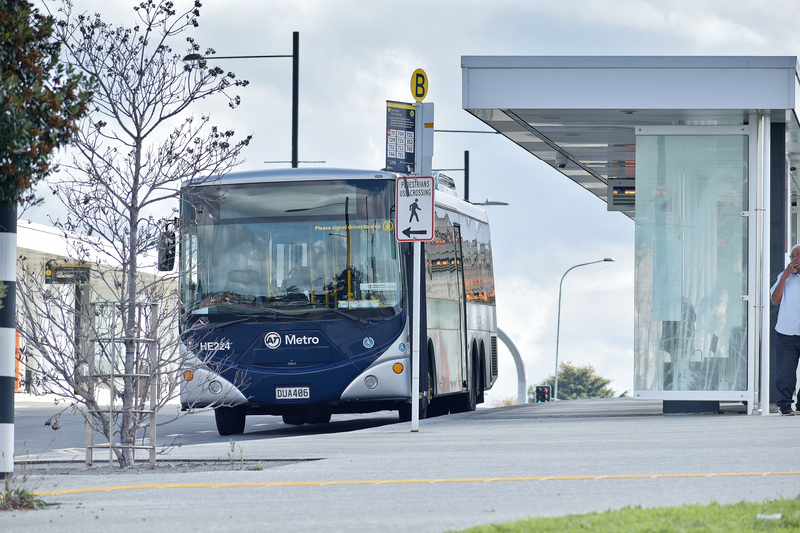
Auckland Transport (AT), which runs public transit services in New Zealand's biggest city, is to introduce contactless payment options across its buses, trains and ferries over the next 12 months.
Customers will be able to use debit and credit cards, plus Apple Pay and Google Pay, as well as the current AT Hop card - more than 3.35 million of which have been sold.
Concession discounts such as Tertiary and SuperGold will only be available to riders with a Hop card.
It is estimated that the improvements will cost approximately NZ$23m (US$14m) but AT chief executive Dean Kimpton says this will make public transport an easier option for Aucklanders, visitors and tourists, bringing the city into line with London, New York or Sydney.
“It’s going to make paying for public transport as easy and simple as paying for a coffee, as it should be," he adds.
Kimpton predicts the improvements will lift public transport passenger numbers by between two million and three million trips per year.
“I see these improvements, which will come in next year, helping to push us past 100 million public transport trips per year in 2024 and that is huge,” he adds. “The more people catching public transport, the less emissions, the less traffic, and the easier and safer it is for us to move around our city.”
Chris Creighton, AT’s group manager digital and technology delivery, warns that there is still a lot to do: "Though the payments will be easy for customers, upgrading our back-end system to allow for these payments requires a huge amount of work behind the scenes."
The New Zealand government plans to introduce its National Ticketing Solution (NTS) by 2026.











